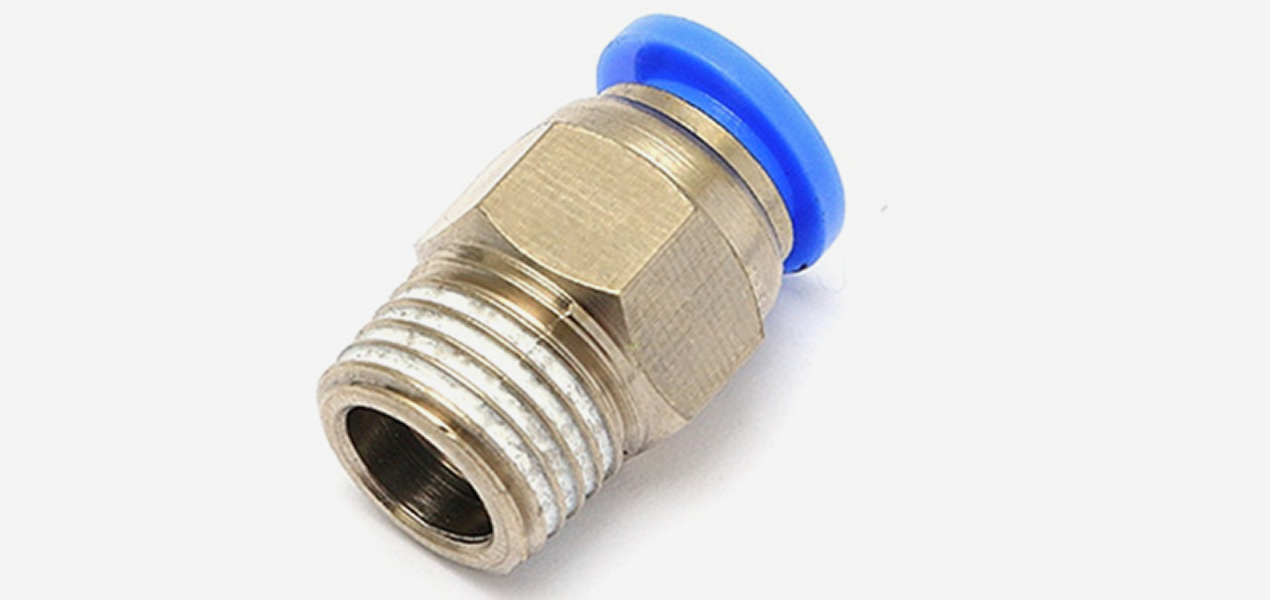Selection method and considerations for threaded straight connectors
Home ✦
Latest News ✦
Selection method and considerations for threaded straight connectors

Selection method and considerations for threaded straight connectors
How to choose the right threaded straight connector to improve work efficiency and safety is an important issue faced by the industry. This article will introduce its selection method and selection precautions.
First of all, you need to understand the different types of connectors. According to the different shapes and sizes of the connectors, threaded straight connectors can be divided into different types such as round, square, hexagonal, etc. When choosing, you should choose the appropriate size and shape according to actual needs. In addition, you also need to pay attention to the connection method and thread type. Different connection methods are suitable for different application scenarios, such as flange connection, pipe thread connection, etc., and the thread type can be divided into internal thread and external thread, which needs to be distinguished.
Secondly, the use environment needs to be considered. Different environments require different threaded straight-through joints, such as low and high temperatures, high and low pressures, etc. When choosing, it is necessary to select suitable materials and sizes according to the specific use environment. For example, high temperature resistant and corrosion resistant materials should be selected to avoid unnecessary losses during use.
Third, you need to consider the strength of the joint. The load capacity of the joint is very critical. You must ensure that the selected joint can withstand the expected load, otherwise it will cause safety accidents such as joint breakage and deformation. Usually, you need to check the data sheet provided by the manufacturer to confirm its load capacity and allowable pressure before making a selection.
Fourth, you need to pay attention to the sealing of the joints. In order to ensure the normal operation of the system, the joints must have good sealing. For some occasions with particularly high sealing requirements, you can choose joints with sealing rings. At the same time, you should ensure the balance between the strength and sealing of the joints, and constantly adjust the relationship between the two to ensure the normal operation of the system.
In summary, choosing a suitable threaded straight joint requires considering multiple factors, including material, size, shape, connection method, use environment, joint strength and sealing, etc. When choosing, it should be combined with actual needs and selected according to all the factors involved to improve efficiency and safety.
First of all, you need to understand the different types of connectors. According to the different shapes and sizes of the connectors, threaded straight connectors can be divided into different types such as round, square, hexagonal, etc. When choosing, you should choose the appropriate size and shape according to actual needs. In addition, you also need to pay attention to the connection method and thread type. Different connection methods are suitable for different application scenarios, such as flange connection, pipe thread connection, etc., and the thread type can be divided into internal thread and external thread, which needs to be distinguished.
Secondly, the use environment needs to be considered. Different environments require different threaded straight-through joints, such as low and high temperatures, high and low pressures, etc. When choosing, it is necessary to select suitable materials and sizes according to the specific use environment. For example, high temperature resistant and corrosion resistant materials should be selected to avoid unnecessary losses during use.
Third, you need to consider the strength of the joint. The load capacity of the joint is very critical. You must ensure that the selected joint can withstand the expected load, otherwise it will cause safety accidents such as joint breakage and deformation. Usually, you need to check the data sheet provided by the manufacturer to confirm its load capacity and allowable pressure before making a selection.
Fourth, you need to pay attention to the sealing of the joints. In order to ensure the normal operation of the system, the joints must have good sealing. For some occasions with particularly high sealing requirements, you can choose joints with sealing rings. At the same time, you should ensure the balance between the strength and sealing of the joints, and constantly adjust the relationship between the two to ensure the normal operation of the system.
In summary, choosing a suitable threaded straight joint requires considering multiple factors, including material, size, shape, connection method, use environment, joint strength and sealing, etc. When choosing, it should be combined with actual needs and selected according to all the factors involved to improve efficiency and safety.


